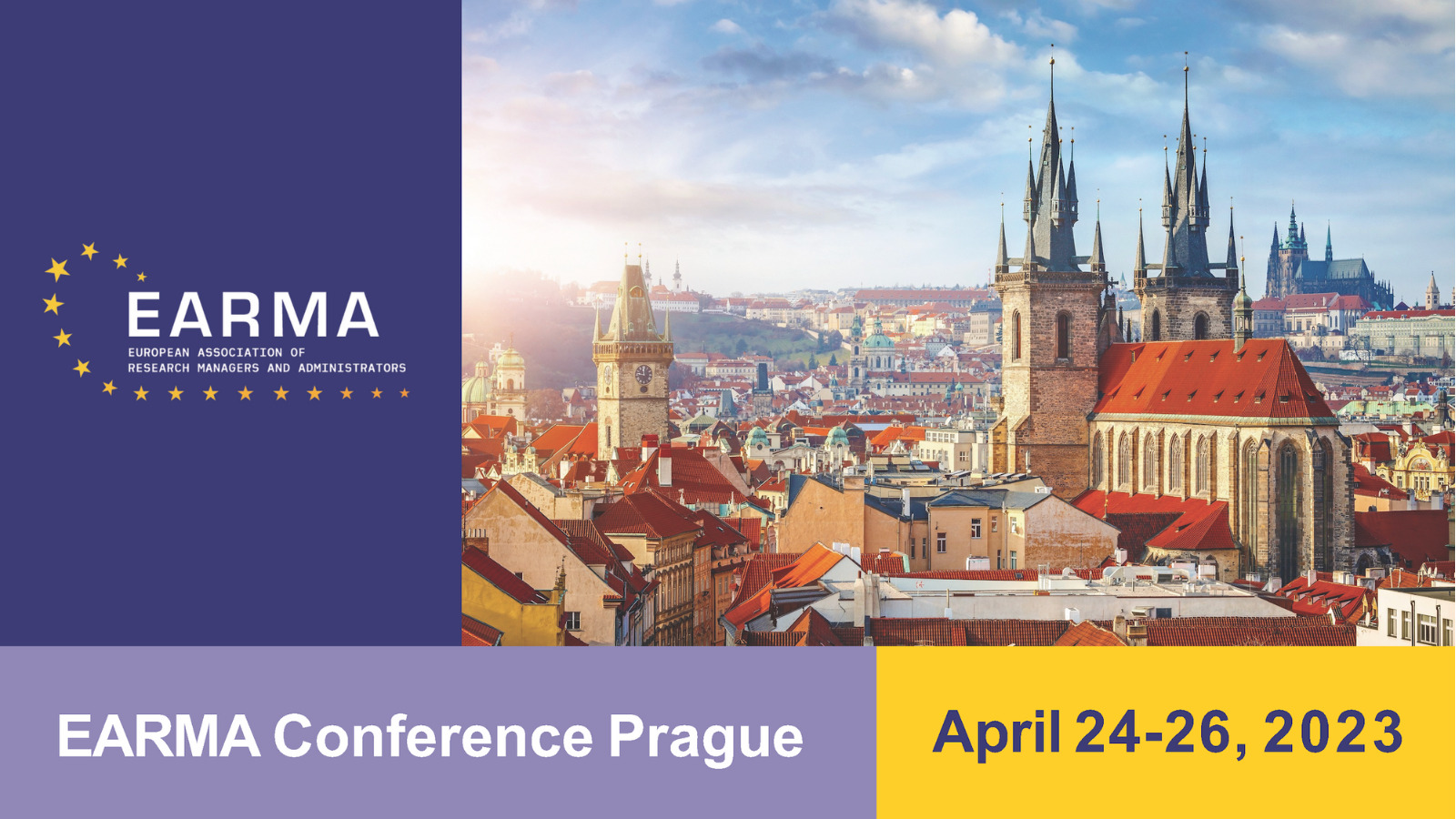Recognition and the RMA Domain
Conceptual Tools for Professional Development
Conference
Format: Oral 60 Minutes
Topic: Professional Development and Recognition
Session: 🟣🟢 J. Virtanen, H.J. Koskinen, H. Ketola on Professional Development Recognition and Policy
Wednesday 26 April 9:15 a.m. - 10:15 a.m. (UTC)
Abstract
The plan of this talk is to introduce some relevant concepts from contemporary recognition theory, and to show how these relate to the RMA profession, helping to both deepen and widen our understanding of the domain. The improved comprehension can have theoretical, practical, and problem-solving potential for the day-to-day work of RMAs, and thus contribute to professional development in the field.
In contemporary recognition theory, recognition is understood as a social relation having to do with grantings, acceptings, and contestings of various normative statuses. As such, recognition is a wide-ranging phenomenon having psychological, social, institutional, political, and economic relevance. This presentation focuses on respect, esteem, and positive emotional attachment to particular individuals as the three central dimensions of recognition.
1. The dimension of respect is taken to apply to everyone and in an equal degree. It is legally implemented in the RMA domain in various ways emphasizing the equality of individual persons. Forms of equal respect are also essential to a healthy and democratic work culture. Respect in this context is a way of thinking and acting in the professional sphere which gives a prominent place to equal protection, difference-blindness, and impartiality.
2. Esteem is a dimension of recognition based on collective goals or shared value-horizons. Work communities are paradigmatic examples of such collectives. Within the domain of shared goals and values, esteem is distributed on the basis of the capabilities and actual contributions of individuals and teams. In contrast to respect, esteem involves distinctions, marking of differences, degrees of social prestige, and thus a hierarchy. Funding decisions, for example, can be understood as concrete financial ways of granting esteem.
3. The equality of respect and the inequality of esteem pull into different directions creating tensions in the professional sphere. Further tensions are created by positive emotional attachments between particular individuals, as in relationships of friendship and love. At its best, this dimension of recognition can play a part in creating a positive collegial atmosphere. However, it can also create distortions of work culture and lead to problems of nepotism and favoritism in the workplace. As a consequence, this emotion-based form of recognition can go against both equal respect and legitimate forms of esteem.
With an improved understanding of the fundamentality of recognition and a clearer comprehension of the contrasting demands, RMAs are better equipped to deal with various situations, tensions and problems encountered in their daily work.
SOME REFERENCES:
Onni Hirvonen & Heikki J. Koskinen (eds.), 2023, The Theory and Practice of Recognition, Routledge, New York.
Koskinen Heikki J., 2019, “Mediated Recognition: Suggestions towards an Articulation”, in Maijastina Kahlos, Heikki J. Koskinen & Ritva Palmén (eds.), Recognition and Religion: Contemporary and Historical Perspectives, Routledge, London, 34-50.
Koskinen, Heikki J., 2018, “Antecedent Recognition: Some Problematic Educational Implications of the Very Notion”, Journal of Philosophy of Education Vol. 52, No 1, 178-190.


